Green Peppercress
Display all 13 images
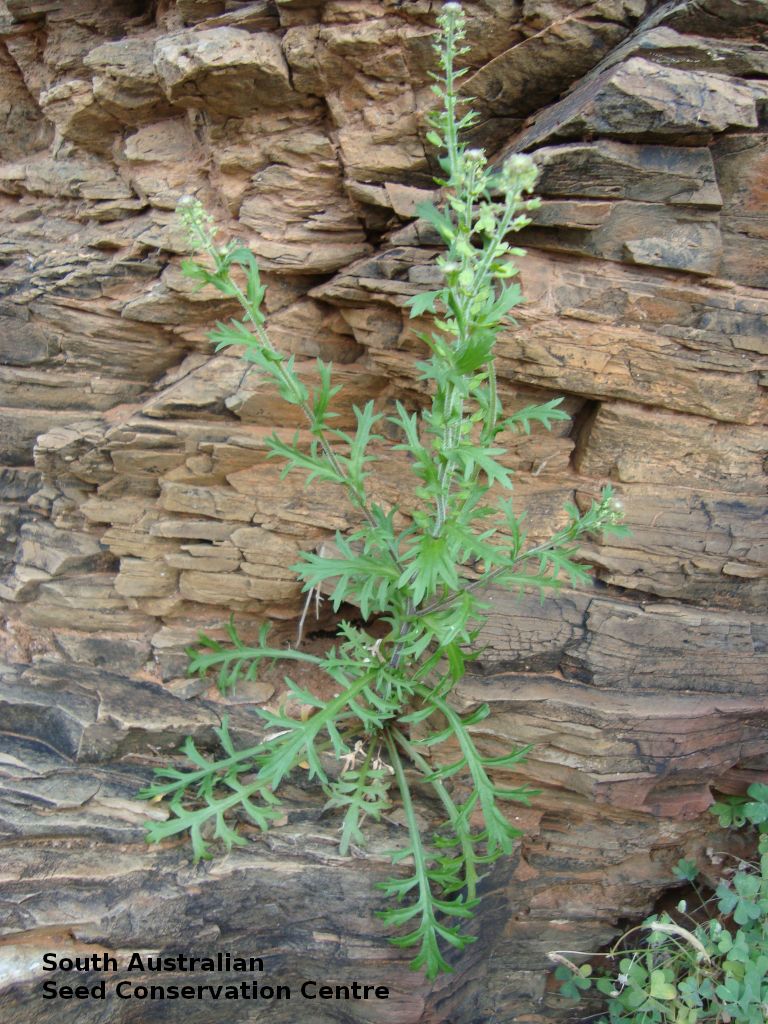
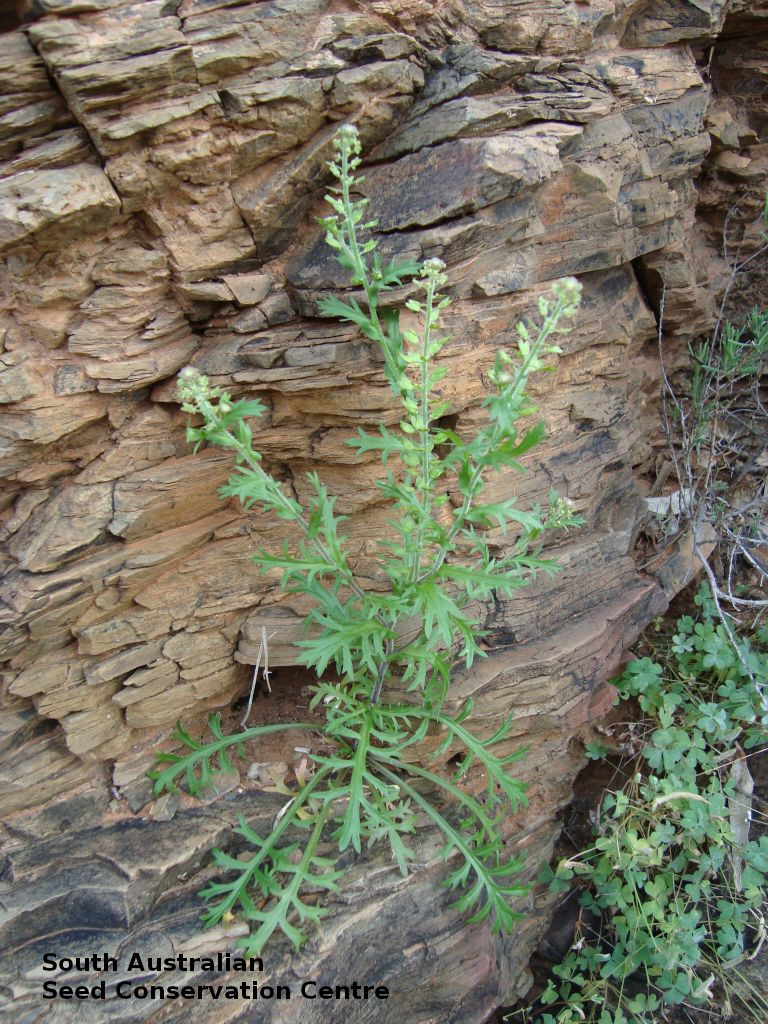
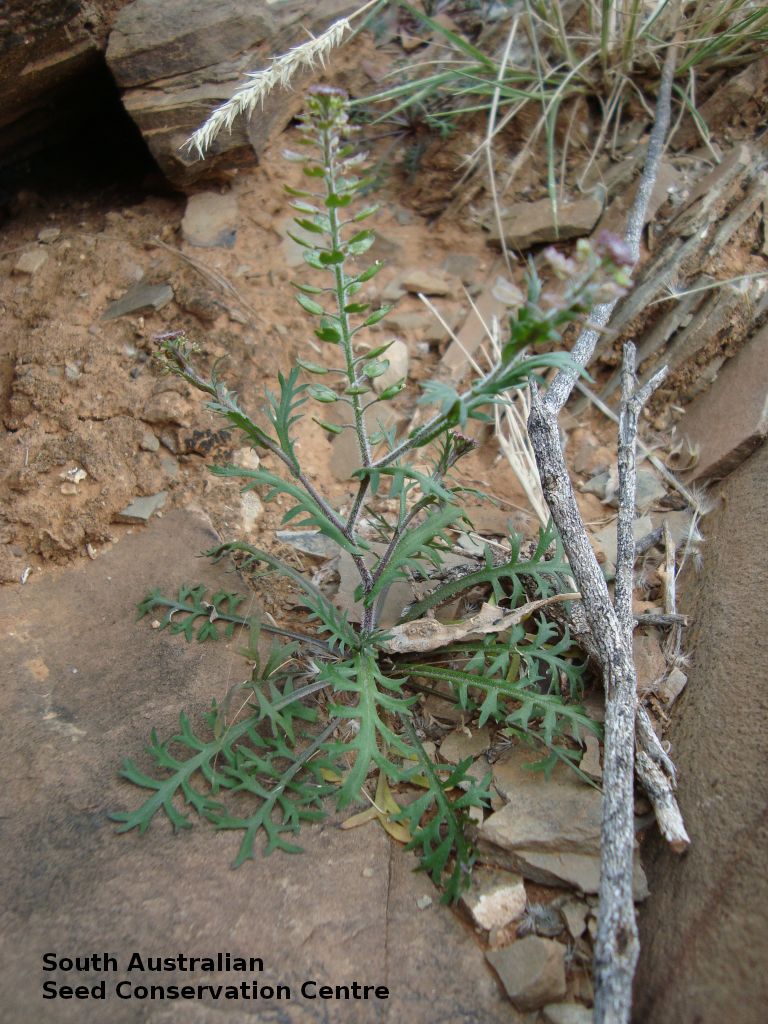
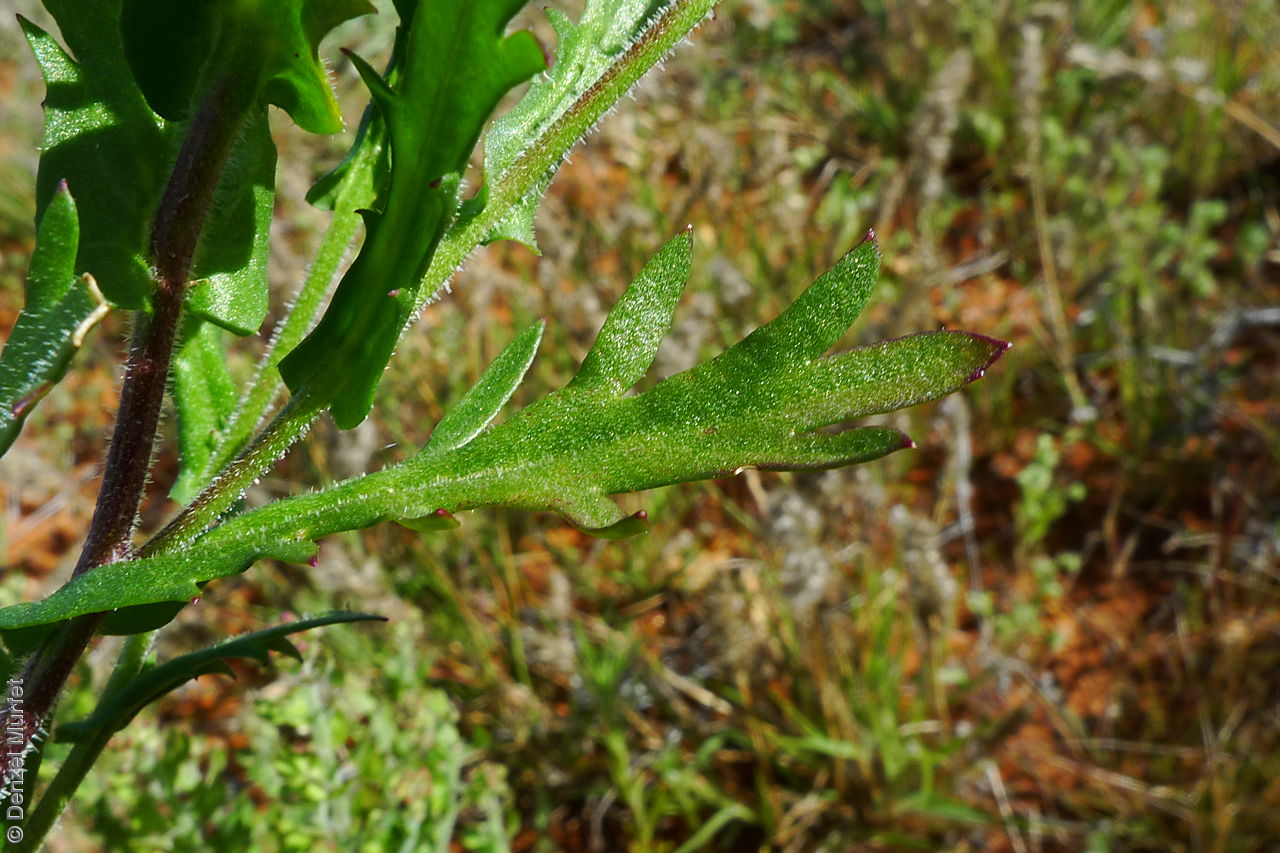
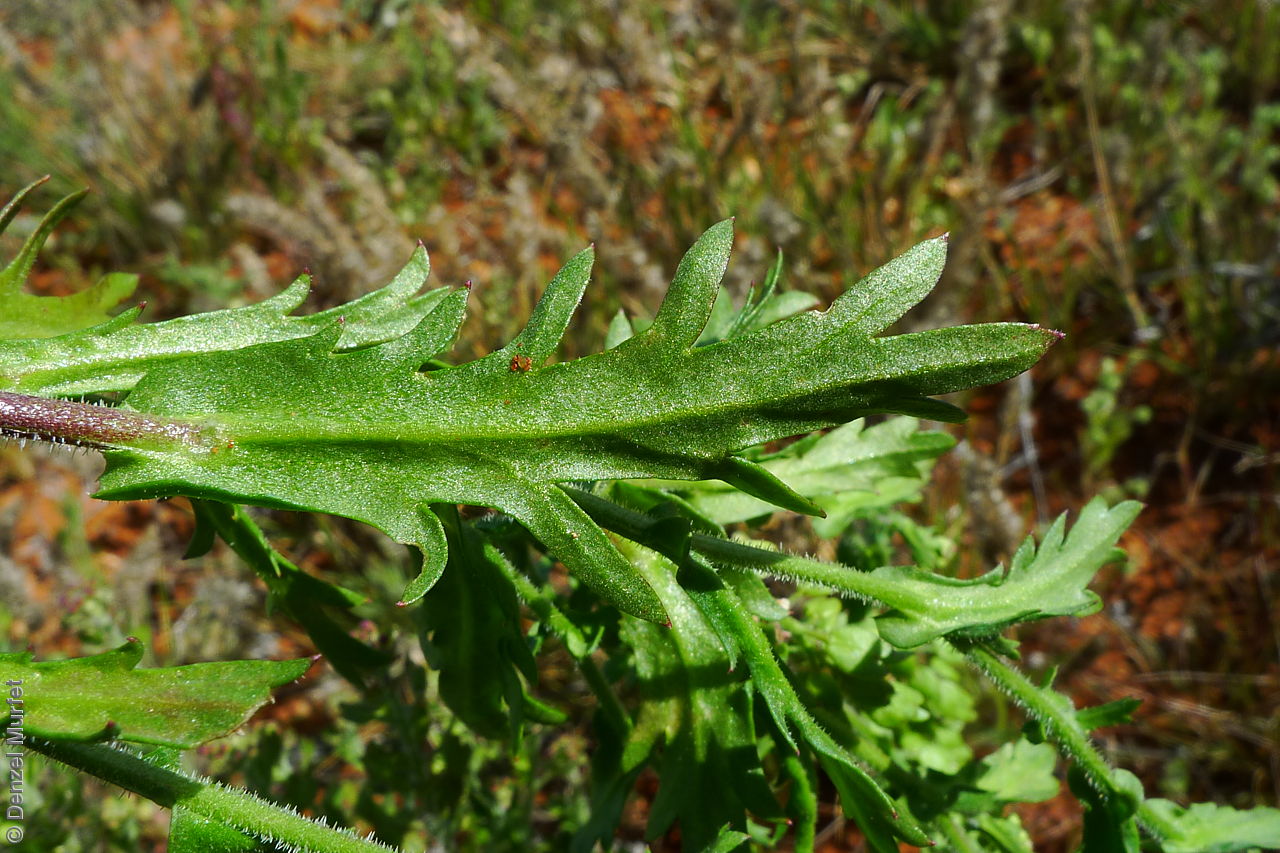
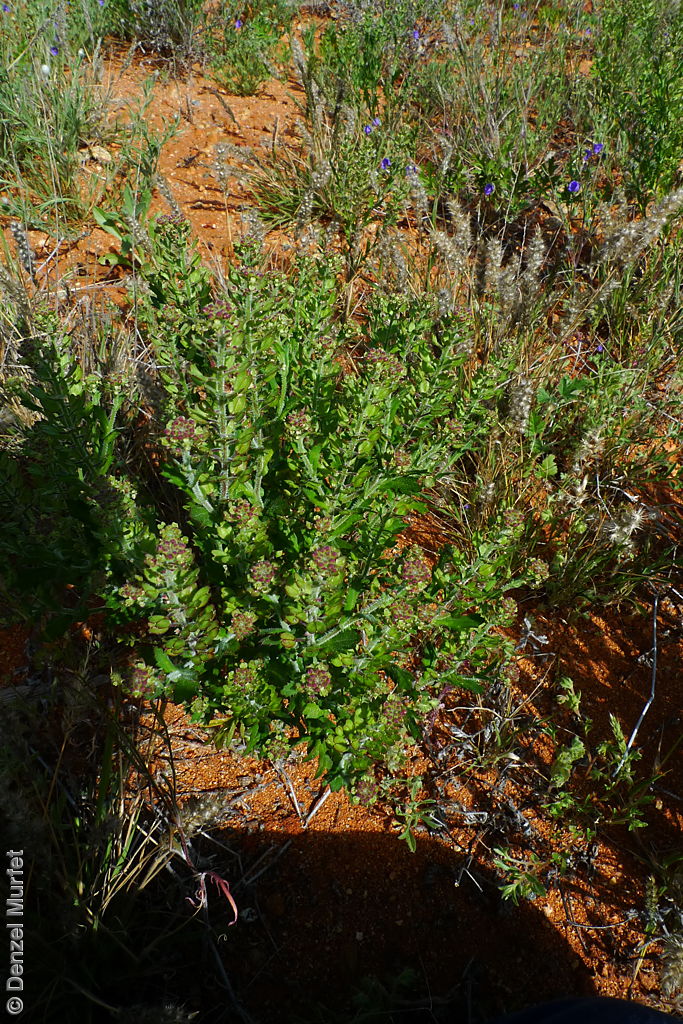
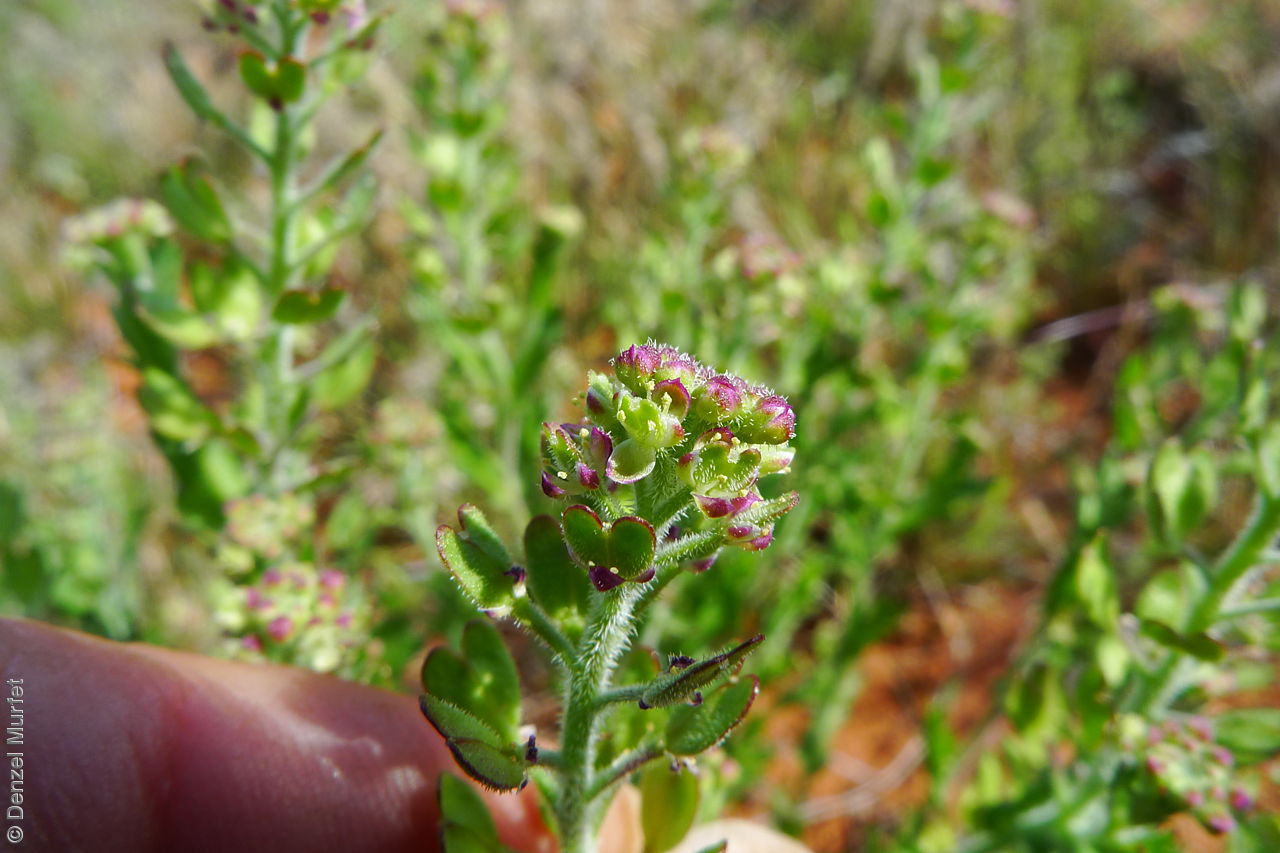
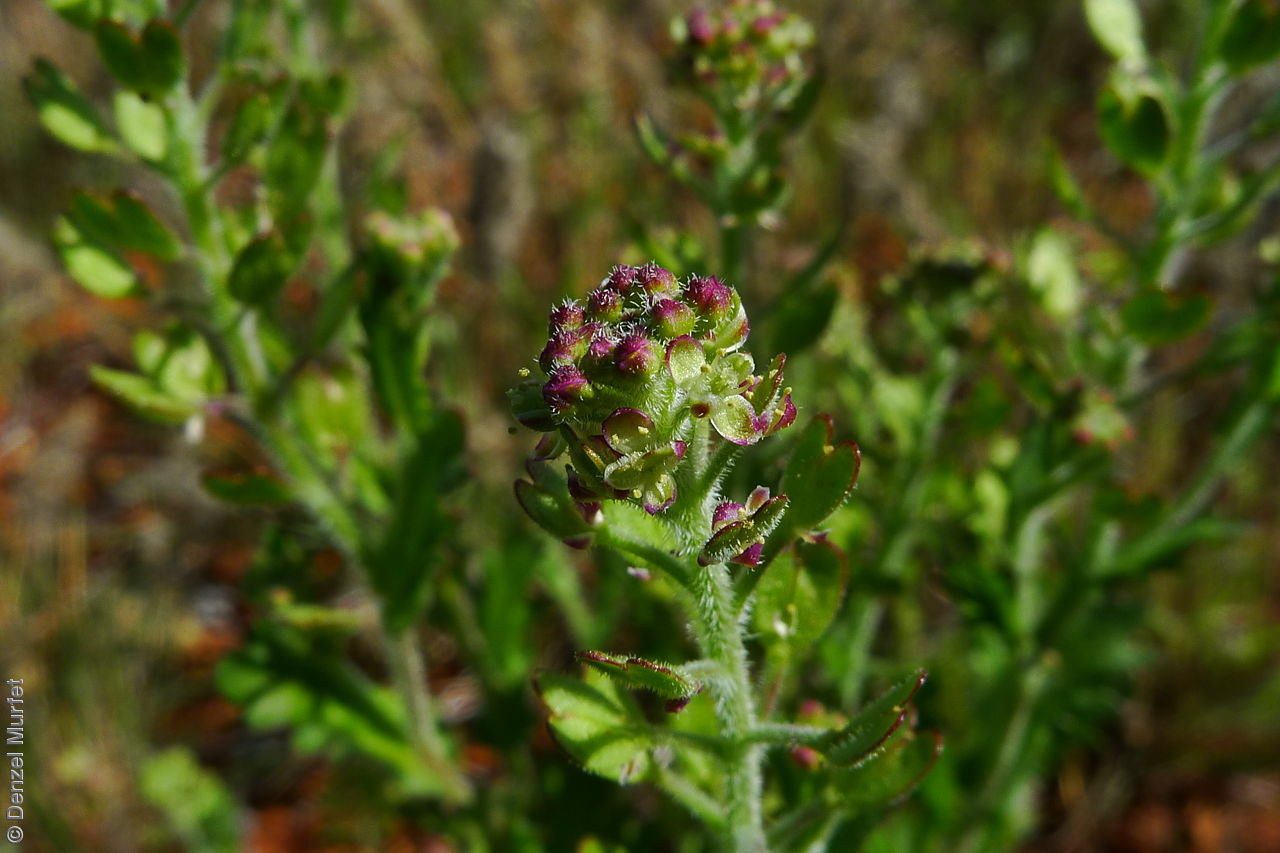
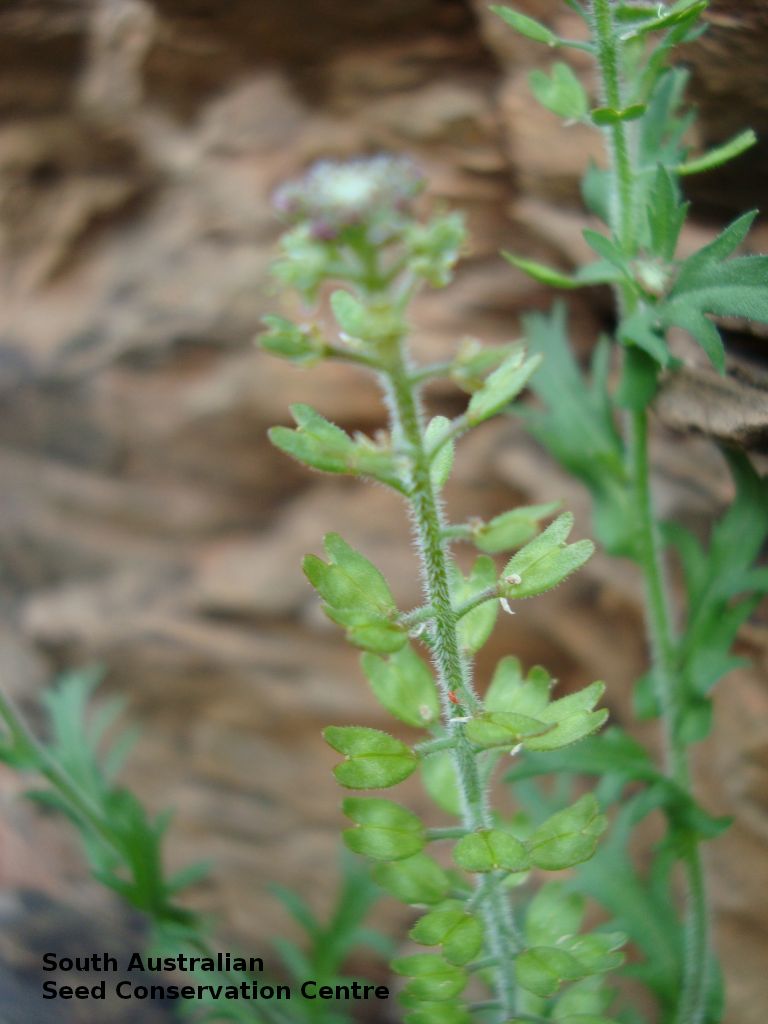
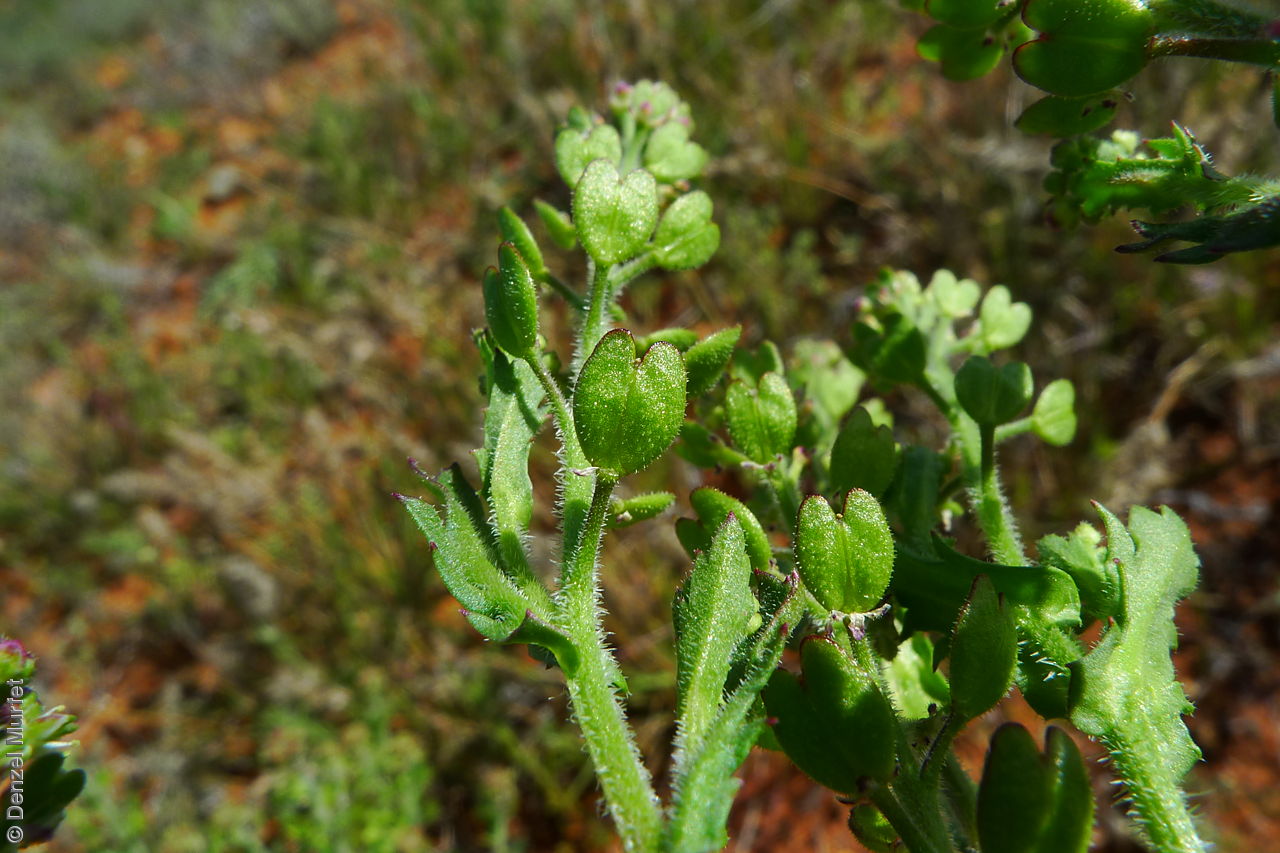
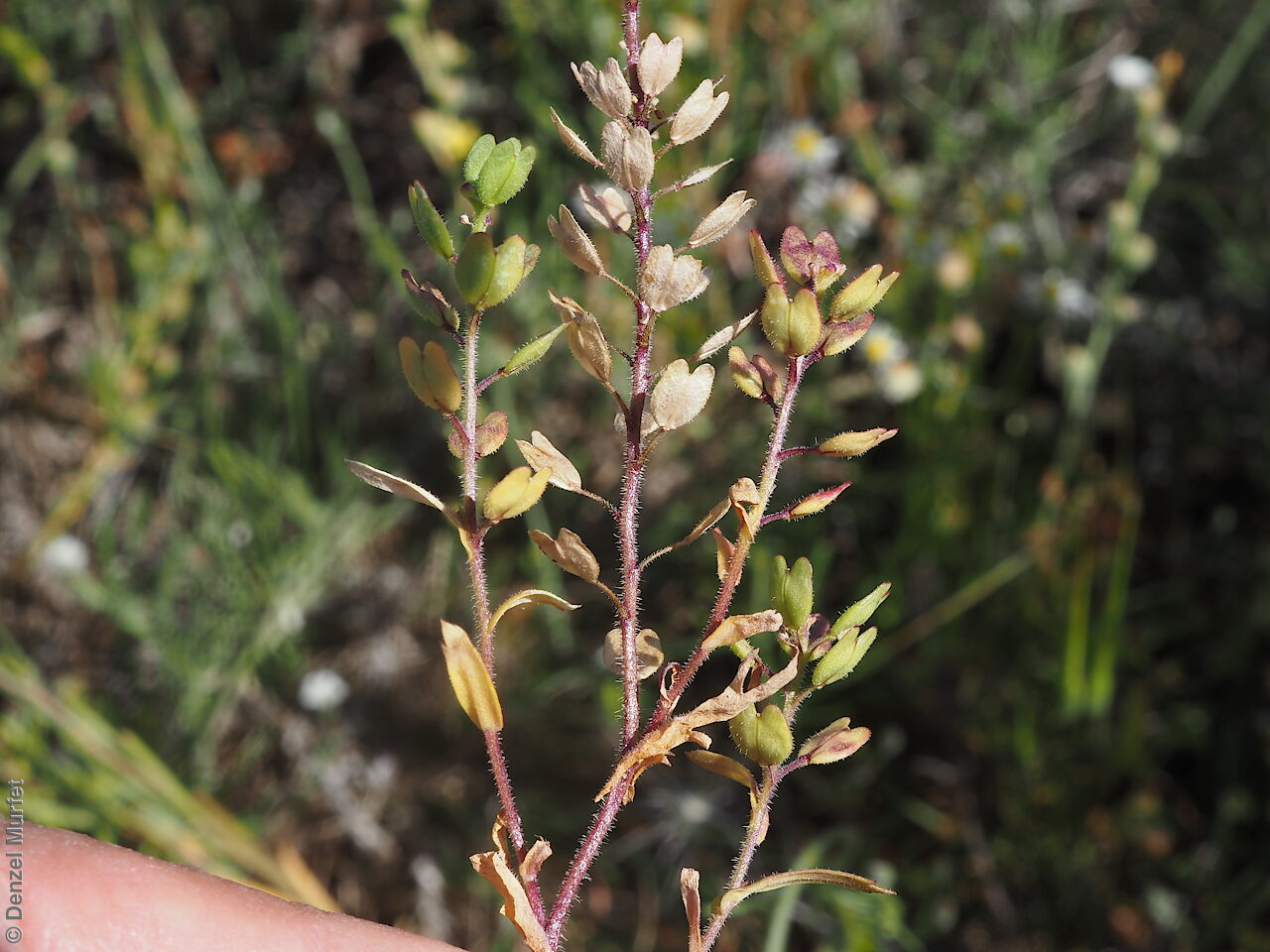
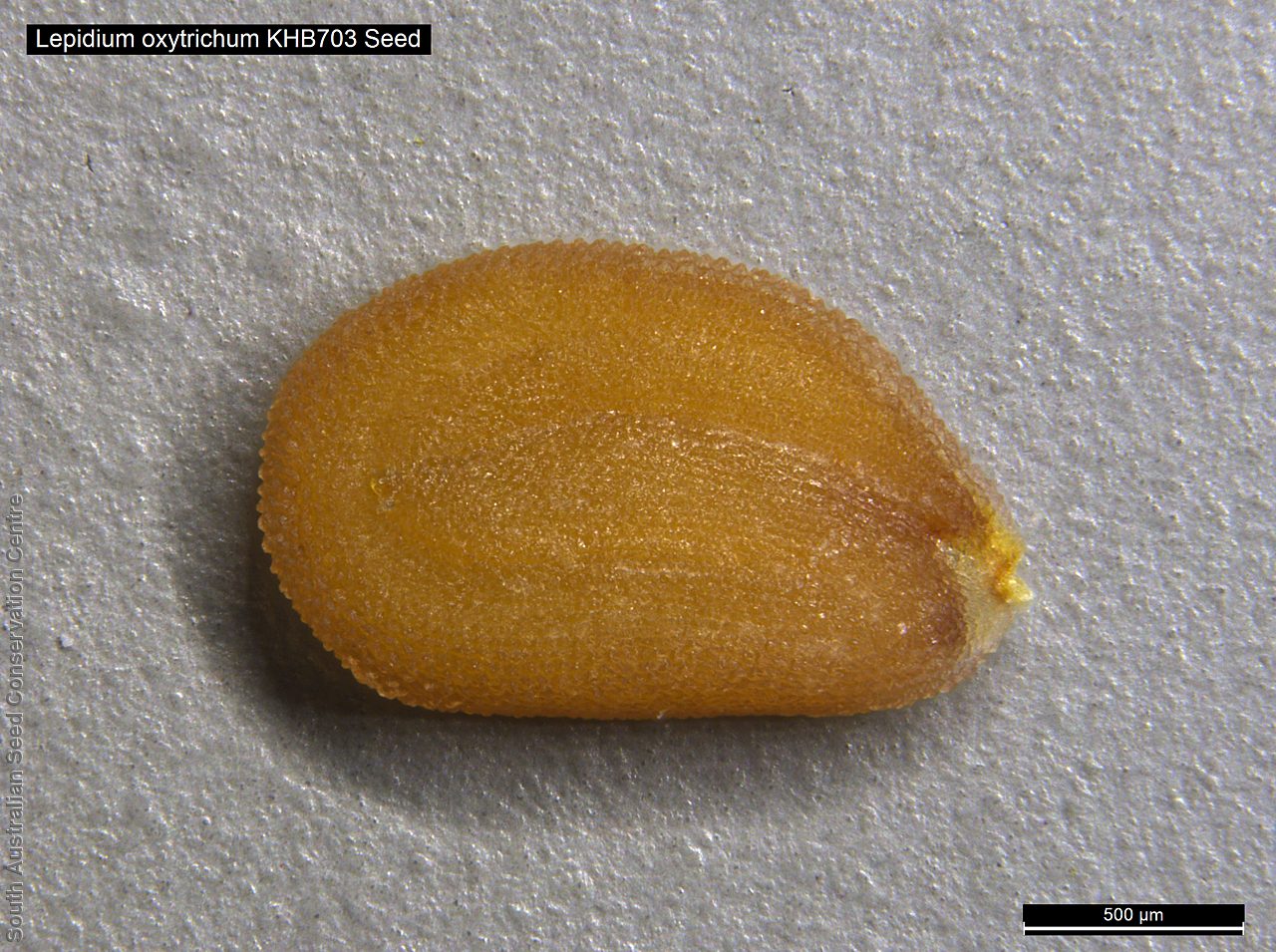
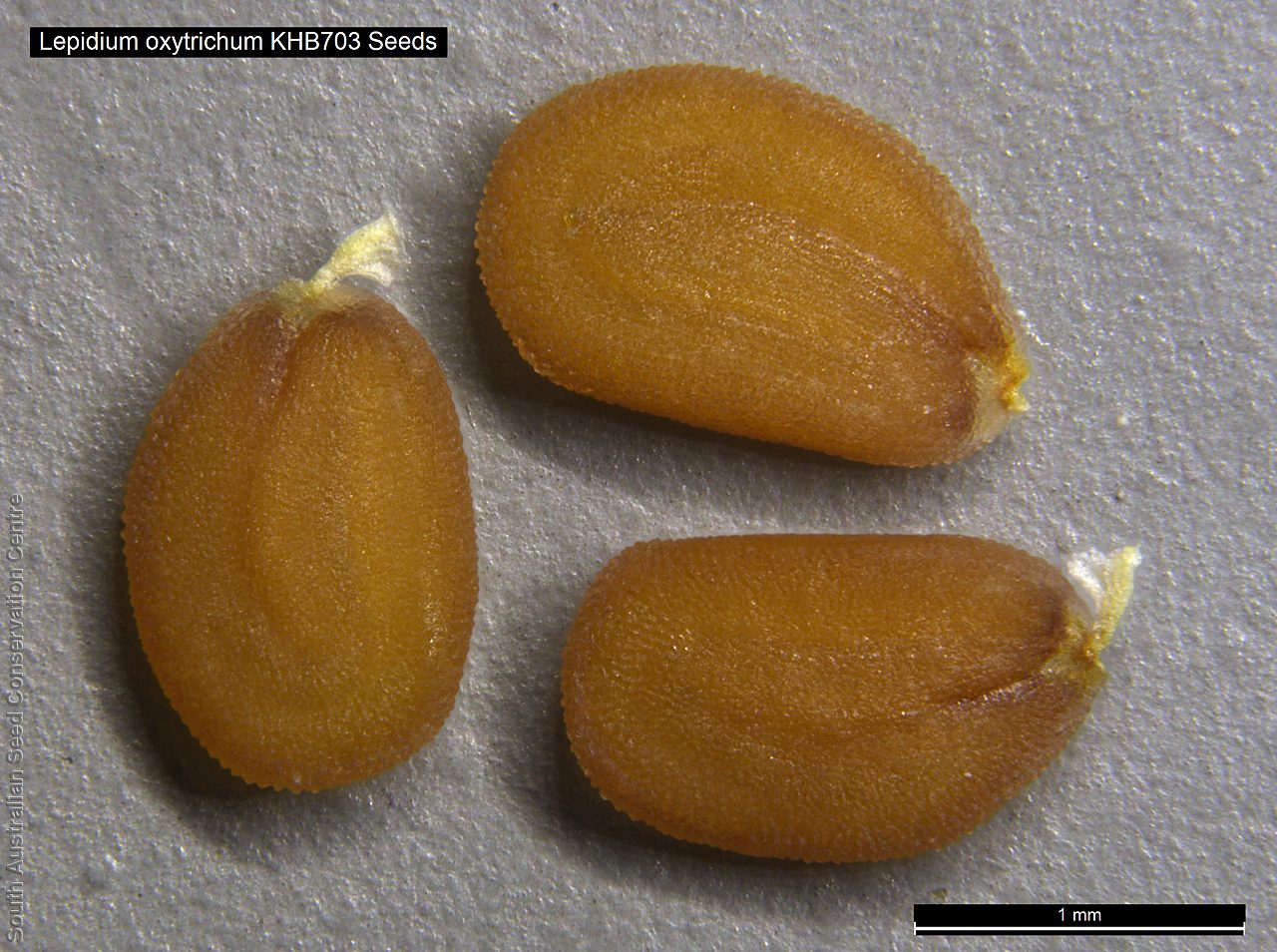
Regional Species Conservation Assessments per IBRA subregion.


Least concern
Near threatened
Rare
Vulnerable
Endangered
Critically endangered
Extinct
Data deficient
Adelaide
Arkaroola
Ceduna
Coober Pedy
Hawker
Innamincka
Marla
Marree
Mount Gambier
Oodnadatta
Renmark
Wudinna
Keith
Yunta
Display IBRA region text
| Olary Spur (FLB03) | Flinders Lofty Block | Least Concern |
| Southern Flinders (FLB04) | | Rare (IUCN: RA d(i)) [arid zone spp. Possibly grazed ] |
| Northern Flinders (FLB05) | | Least Concern |
| Central Flinders (FLB06) | | Least Concern |
| South Olary Plain (MDD01) | Murray Darling Depression | Rare (IUCN: RA d(ii)) [southern edge of range; northern spp] |
| Myall Plains (GAW01) | Gawler | Least Concern |
| Gawler Volcanics (GAW02) | | Least Concern |
| Gawler Lakes (GAW03) | | Least Concern |
| Arcoona Plateau (GAW04) | | Least Concern |
| Kingoonya (GAW05) | | Least Concern |
| Torrens (GAW06) | | Least Concern |
| Roxby (GAW07) | | Least Concern |
| Commonwealth Hill (GAW08) | | Near Threatened |
| Maralinga (GVD03) | Great Victoria Desert | Least Concern |
| Kintore (GVD04) | | Least Concern |
| Tallaringa (GVD05) | | Least Concern |
| Yellabinna (GVD06) | | Least Concern |
| Carlisle (NUL01) | Nullarbor | Least Concern |
| Nullarbor Plain (NUL02) | | Rare (IUCN: RA d(ii)) |
| Barrier Range Outwash (BHC04) | Broken Hill Complex | Least Concern |
| Bimbowrie (BHC05) | | Least Concern |
| Curnamona (BHC06) | | Least Concern |
| Warriner (SSD04) | Simpson Strzelecki Dunefields | Least Concern |
| Strzelecki Desert (SSD05) | | Near Threatened |
| Breakaways (STP01) | Stony Plains | Least Concern |
| Oodnadatta (STP02) | | Least Concern |
| Murnpeowie (STP03) | | Least Concern |
| Peake-Dennison Inlier (STP04) | | Least Concern |
| Macumba (STP05) | | Least Concern |
| Witjira (STP06) | | Least Concern |
| Baltana (STP07) | | Least Concern |
| Sturt Stony Desert (CHC02) | Channel Country | Least Concern |
| Coongie (CHC06) | | Least Concern |
| Lake Pure (CHC07) | | Least Concern |
| Mann-Musgrave Block (CER01) | Central Ranges | Least Concern |
| Watarru (CER02) | | Least Concern |
| Everard Block (CER03) | | Least Concern |
| Tieyon (FIN03) | Finke | Least Concern |
| Pedirka (FIN04) | | Least Concern |
| 4 of 6 subregions | Flinders Lofty Block | Least Concern , Rare |
| South Olary Plain (MDD01) | Murray Darling Depression | Rare (IUCN: RA d(ii)) [southern edge of range; northern spp] |
| 8 of 8 subregions | Gawler | Least Concern , Near Threatened |
| 4 of 4 subregions | Great Victoria Desert | Least Concern |
| 2 of 3 subregions | Nullarbor | Least Concern , Rare |
| 3 of 4 subregions | Broken Hill Complex | Least Concern |
| 2 of 4 subregions | Simpson Strzelecki Dunefields | Least Concern , Near Threatened |
| 7 of 7 subregions | Stony Plains | Least Concern |
| 3 of 4 subregions | Channel Country | Least Concern |
| 3 of 3 subregions | Central Ranges | Least Concern |
| 2 of 2 subregions | Finke | Least Concern |
Botanical art
Kath Alcock paintings: 3
Prior names
Lepidium papillosum var. normale
Lepidium papillosum f. purpureum
Etymology
Lepidium from the Greek 'lepis' meaning a scale; referring to the appearance of the fruits. Oxytrichum from the Greek 'oxys' meaning sharp)and 'thrix' meaning hair; referring to the needle-like hairs on the stems and fruit.
Distribution and status
Found across the northern part of South Australia, growing on sandy and loamy soils. Also found in Western Australia, Northern Territory, Queensland and New South Wales Native. Common in South Australia. Common in the other states.
Herbarium regions: North Western, Lake Eyre, Nullarbor, Gairdner-Torrens, Flinders Ranges, Eastern, Eyre Peninsula, Murray
NRM regions: Alinytjara Wilurara, Eyre Peninsula, South Australian Arid Lands, South Australian Murray-Darling Basin
AVH map: SA distribution map (external link)
Plant description
Erect ephemeral or annual herb to 30 cm high, stems with needle-like hairs and often purple on mature plants. Basal leaves pinnate to bipinnate, to 10 cm long, stem leaves reducing to remotely toothed. Inflorescence an elongating spike with tiny white flowers. Flowering between June and September. Fruits are brown elliptic to obovate pod 5 mm long and 4 mm wide, with scattered needle-like hairs and wings in upper half forming an open notch at the apex. Seeds are orange reinform seed to 1.7 mm long and 1 mm wide, with fine tuberculated surface. Seed embryo type is bent.
Seed collection and propagation
Collect seeds between August and November. Collect maturing pods those turning pale brown with hard seeds inside. Be gentle with the pods as they split open easily. Place the pods in a tray and cover with paper to prevent seeds from popping out and leave to dry for a week. Then rub the dried pods gently by hand to dislodge the seeds. Use a sieve to separate the unwanted material. Store the seeds with a desiccant such as dried silica beads or dry rice, in an air tight container in a cool and dry place.














